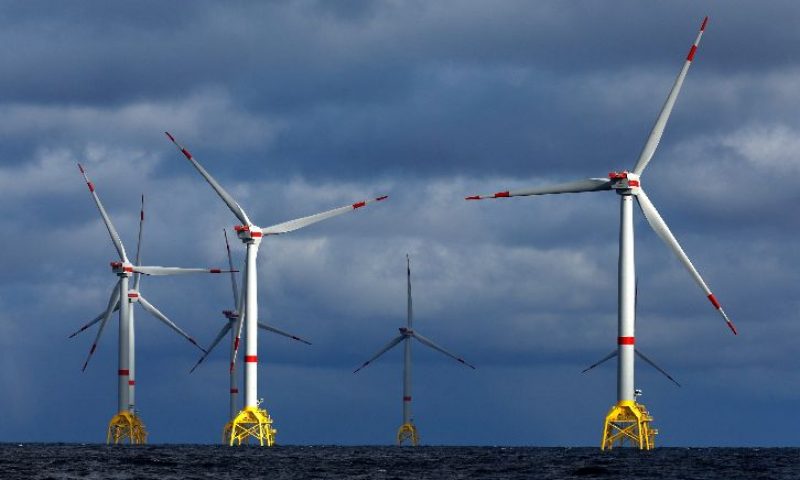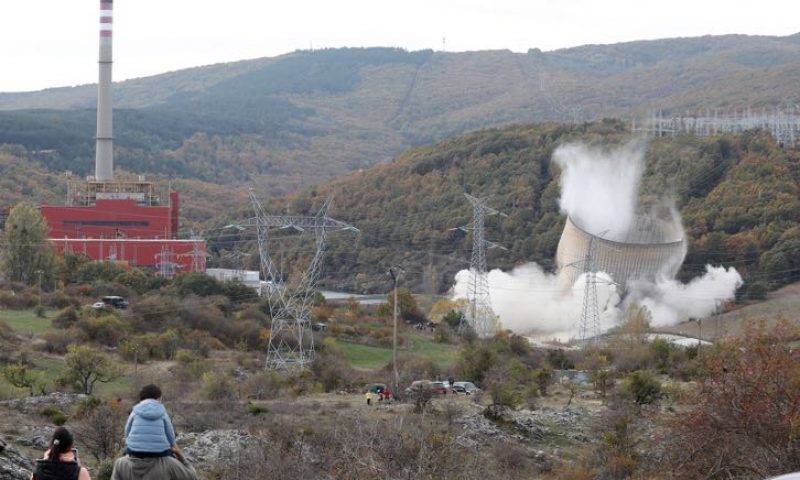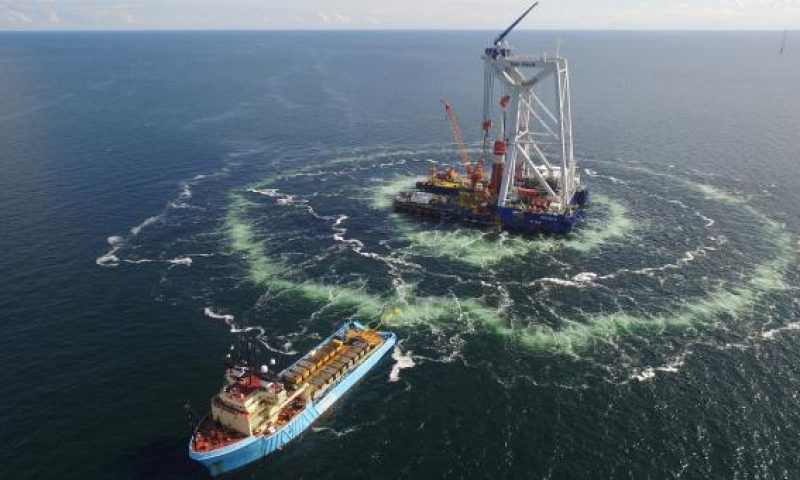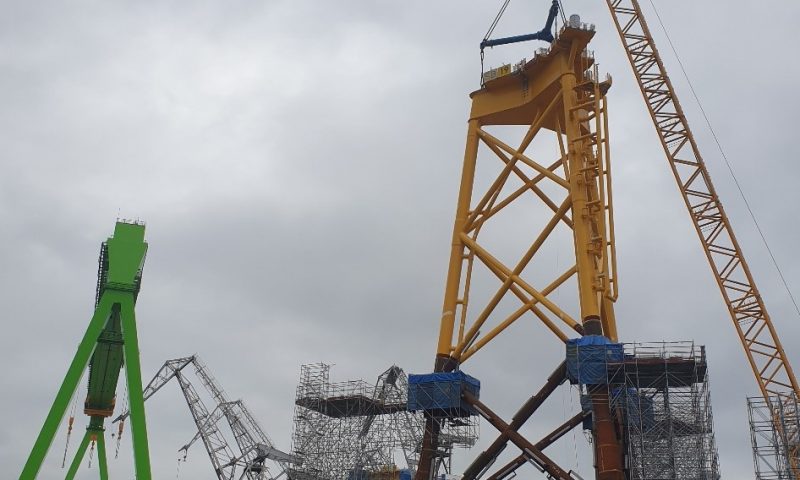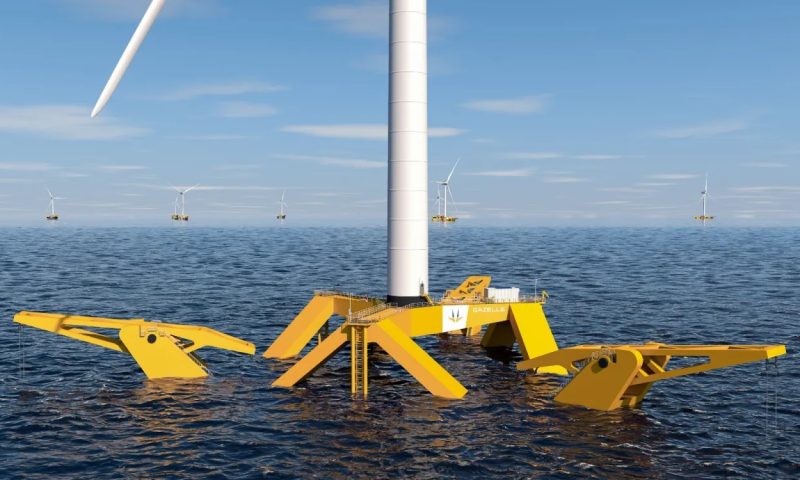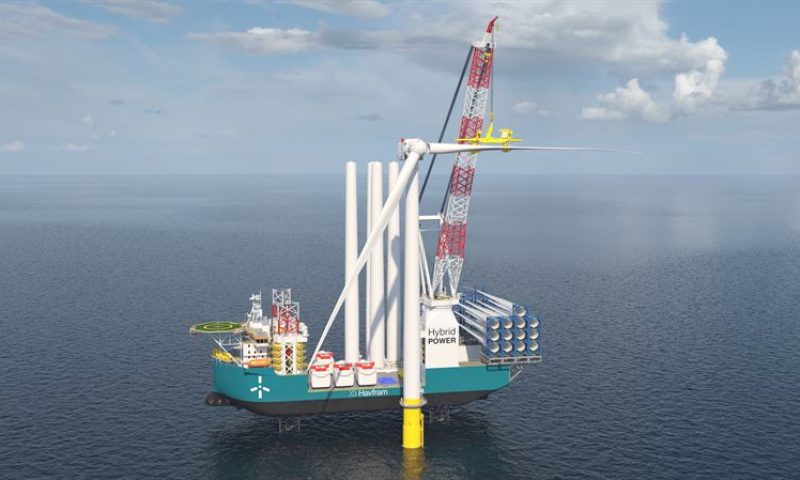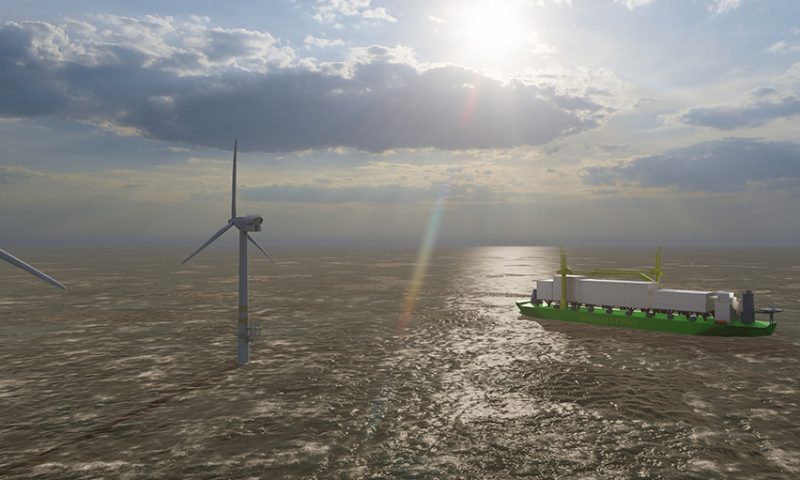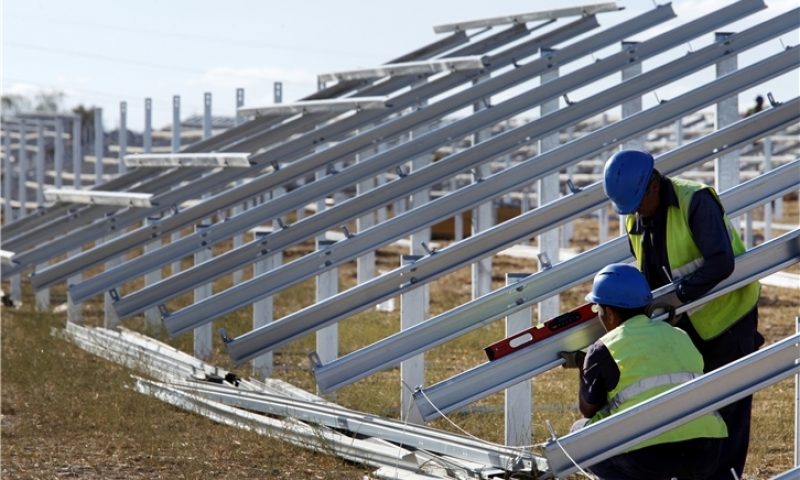
Iberdrola Begins Construction of 150 Photovoltaic MW in Castilla-La Mancha
The company is stepping up investments in the region, where it has another facility pending – Puertollano II – which totals 100 MW of capacity
Iberdrola is stepping up its renewables strategy in Castile-La Mancha with the commencement of construction of three photovoltaic projects in the region, totalling 150 MW: Barcience, which is in the municipality of Bargas in Toledo; and El Romeral and Olmedilla, in the province of Cuenca.
The projects have a high local component, since they will be constructed by companies with a strong presence in the area, including Eiffage, involving up to 570 workers.
The Barcience plant (50 MW) will have 144,900 modules and on completion will produce clean energy for a population equivalent to 24,700 households/year, avoiding 15,000 tonnes of CO2 emissions into the atmosphere per year.
In Cuenca, Romeral (50 MW) will have 144,900 modules and will be built between Alarcón and Olmedilla de Alarcón. Olmedilla (50 MW) will have 135,090 modules and will be installed in the municipalities of Valdeverdejo, Alarcón and Olmedilla de Alarcón.
Once these two plants come into operation – scheduled for this year – they will produce clean energy for a population equivalent to 24,500 households/year, in the case of Romeral, and almost 30,000 households/year, for Olmedilla. Romeral will avoid 15,000 tonnes of CO2 emissions per year and Olmedilla 18,000 tonnes CO2/year.
In Castilla-La Mancha, Iberdrola is working on another 100 MW photovoltaic project in Ciudad Real.
Puertollano II will become the testing site for ground-breaking technologies such as green hydrogen. With an investment of €150m, Iberdrola will be developing Europe’s biggest green hydrogen plant for industrial use.
This will involve the construction of a photovoltaic plant (100 MW), a battery installation and a system for producing green H2 by electrolysis from 100% renewable sources. Its development and construction will create 700 jobs and, once operational, will avoid 39,000 tonnes of CO2 emissions per year.




